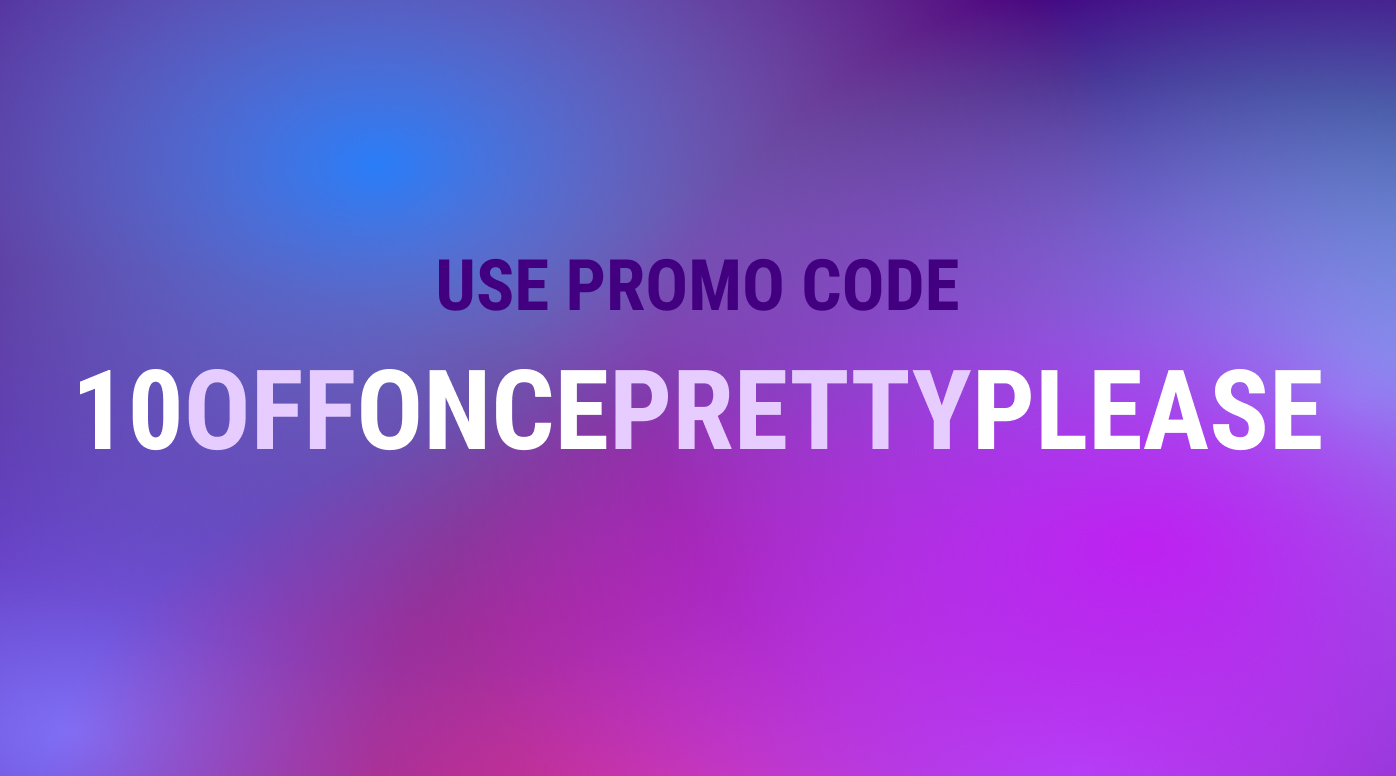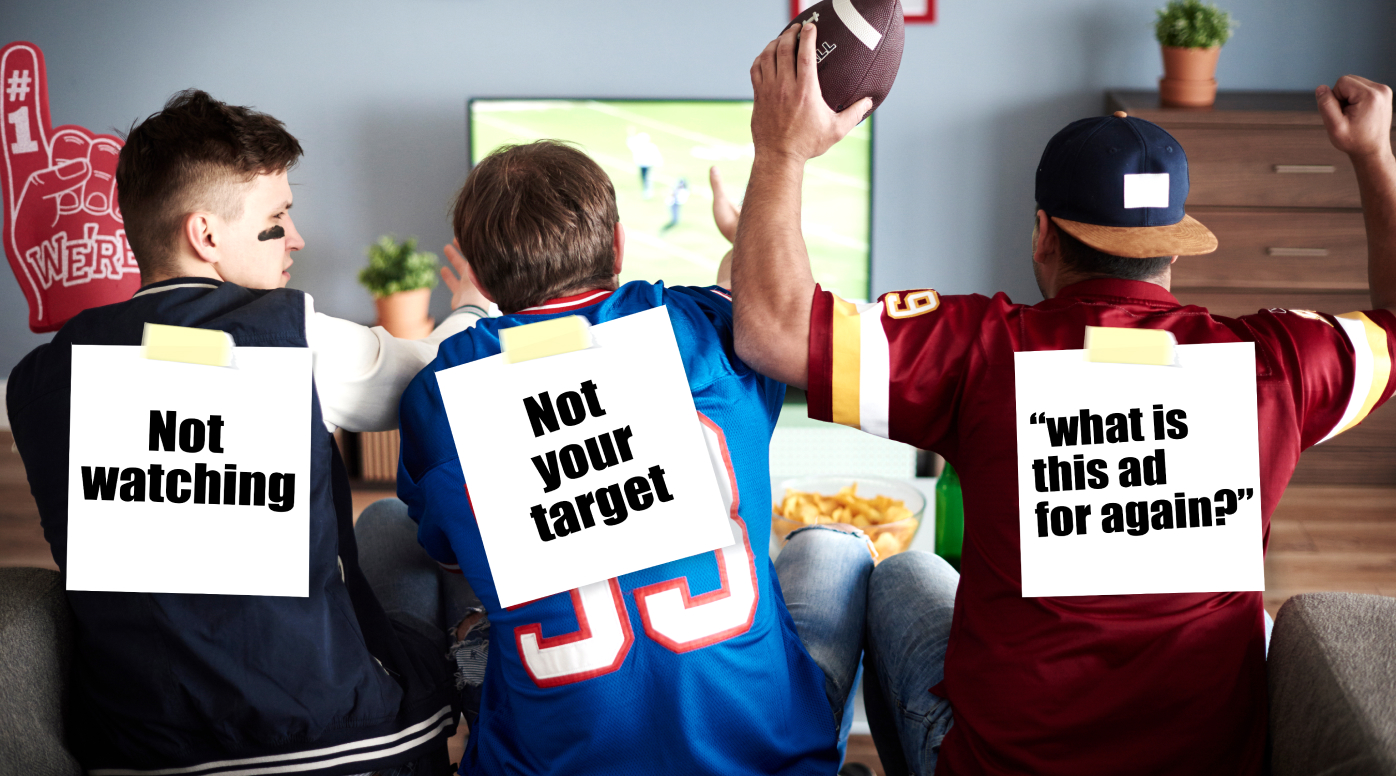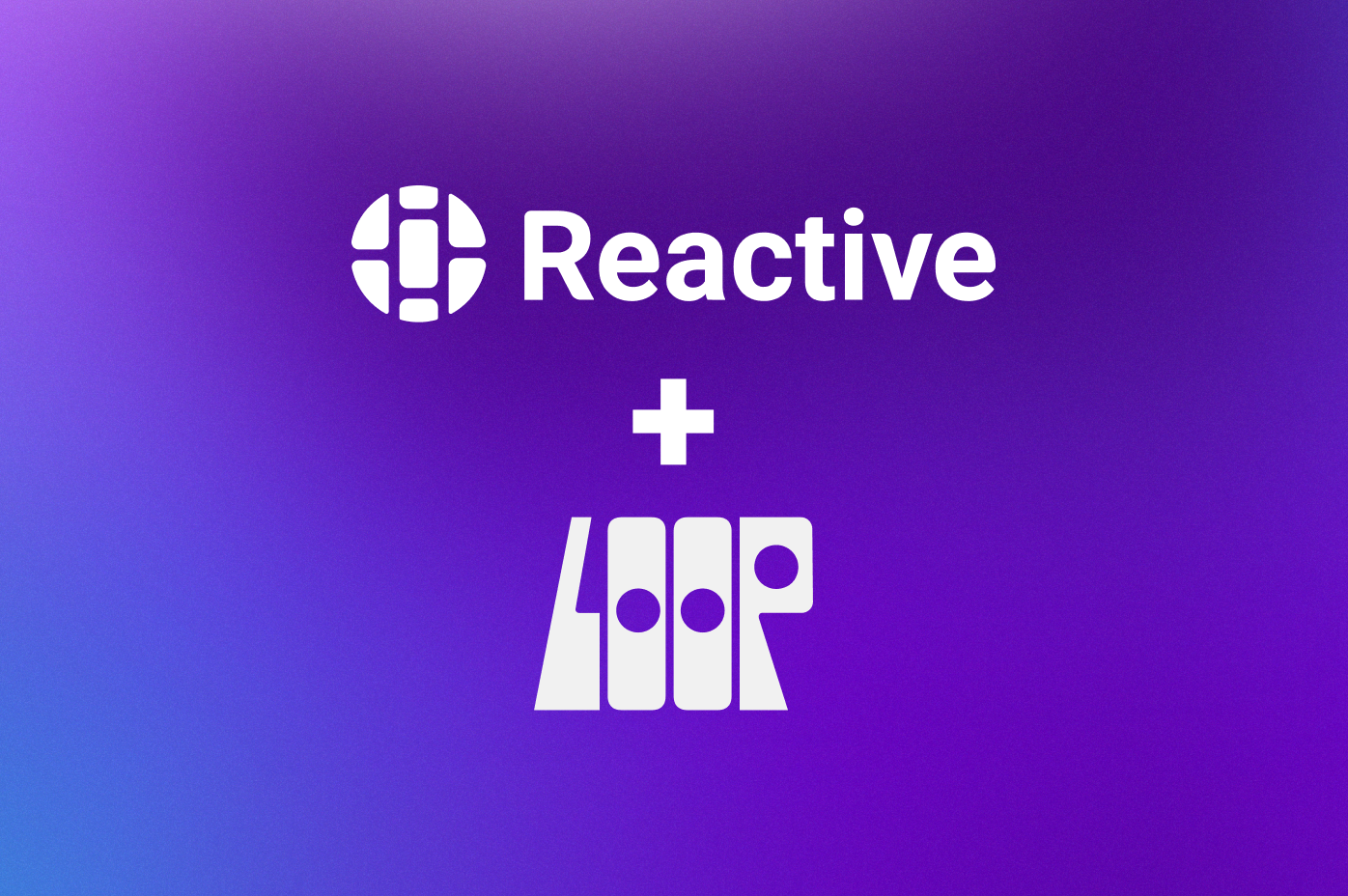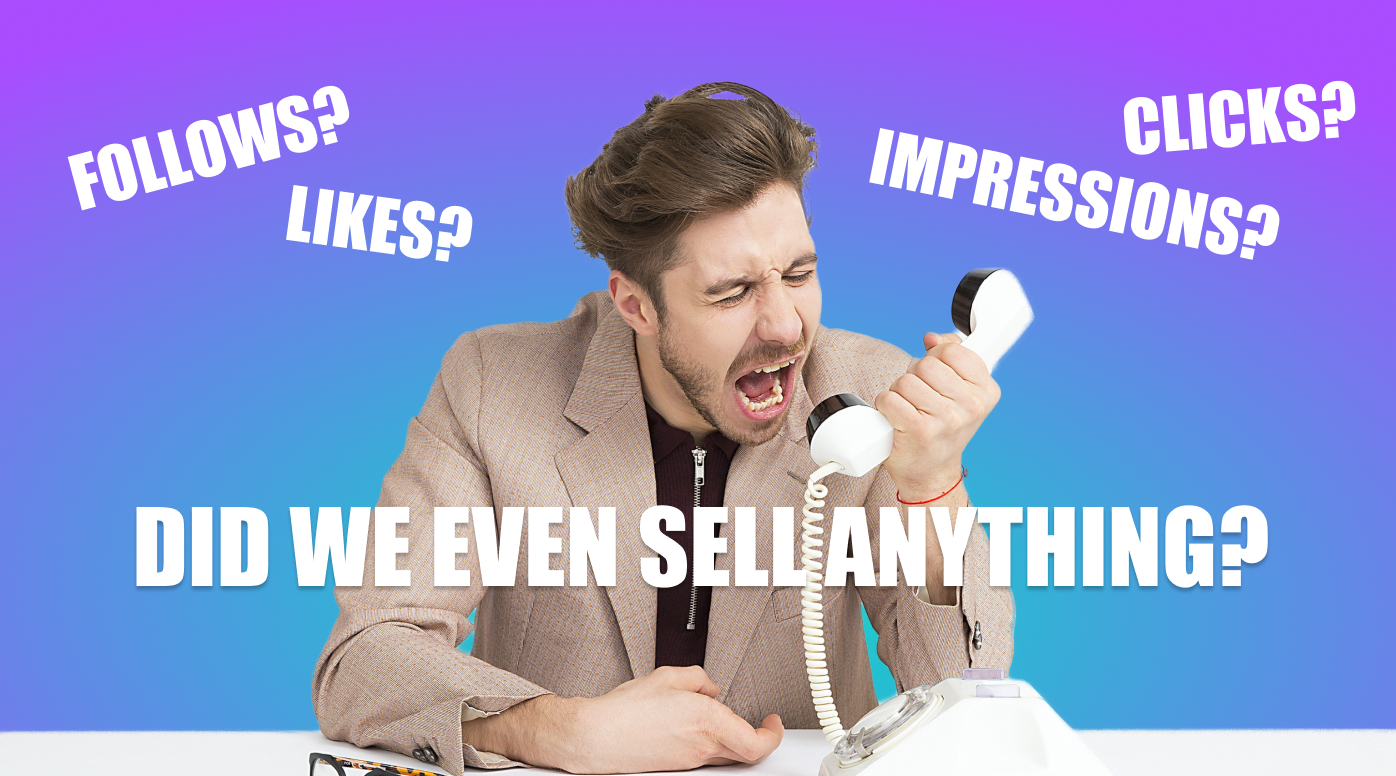In today’s world of post-pandemic life and inflation hitting your pocket around every corner, it makes sense that people are always looking for a good deal. If you were taught or learned sound personal finance fundamentals, you know that taking efforts to save a buck or two are good uses of your time. It’s why ecommerce companies almost all offer introductory promos to site users in exchange for their email or phone number, and it has worked like a charm. A 10% off promo code is almost standard these days for any first purchase made by a customer. However, evolution is real, and your modern consumer is starting to take advantage of a company’s bag of promo codes to secure a discount every time she or he shops.
Benjamin Franklin once said, “Beware of small expenses; a small leak will sink a great ship.” This was probably intended for individuals, but it certainly rings true for brands who share multiple live promo codes at any given time. In 2022, digital coupon redemption was projected to surpass $90 billion dollars. While this proves how effective discounts are, it also shows the potential for it to be abused. Let’s look at two examples of this promo abuse and how two different companies handled it.
In 2022, the internet was going crazy about a promotion StockX was running. Yes, we are talking about the sneaker marketplace with a multi-billion dollar valuation. Thanks to social sites like Reddit and Twitter, users starting sharing a $100 off promo code that was later linked back to a partnership with a Toronto-based accelerator and incubator called HXOUSE. Somehow that partnership’s protected promo code reached the world wide web.
Over 50,000 orders were made using that code. This would have cost StockX over $5 million dollars in sales. Instead, that promo code was not honored, sellers were informed, and buyers were refunded for their purchases. This internal error would have looked interesting on a monthly sales report if it had not been flagged.
As if this only happens every once in a while, some brands have protocol in place to instantly address these promo abuses. North Face is a leading outerwear company that earns annual revenue almost reaching $1 billion. Their website had 9.7 million monthly visitors in December 2022. With the myriad of influencer partnerships, advertisements, and email campaigns they run, it’s so easy to see how quickly a promo code can be abused. Their approach is a little different. In this Reddit post in a subreddit called r/frugalmalefashion, a user shows how North Face sent them a humorous congratulatory email for using an unauthorized promo, honored their purchase, and then tried to sell them on a premium membership for more savings. A different approach from StockX, but it certainly shows how real this issue is for companies.
Discounts are great. No one is instructing a company to stop using them. Consumers love receiving them and they make sales conversion easier for marketing teams across all verticals. However, as browser extensions like Honey and Retail Me Not continue to be used, and influencer marketing continues to flourish, promo abuse will continue. This will make campaign attribution difficult, affect inventory, and lose earned revenue for companies
So now that you know how big this problem is, here are four solutions to protect yourself from promo abuse:
1. Use Reactive
Our product offers a suite of sales tools designed to not only incentivize customers to make a purchase, but they give the brand full control of the promos and discounts you offer. These include tools such as Discount Grab and Discount Drop, and you decide exactly who receives each discount. When your live streamed event is over, so are those promotions.
2. Rethink your cart abandonment strategy
Thanks to incredible cart abandonment software and overall effective strategy, a common way to get a potential customer to come back to your website and buy is to email them a discount code. Do you know who recognizes this series of events? Consumers. Don’t always reward them for abandoning their cart because they may be counting on it.
3. Generate unique codes for customers
Think of this as rethinking how you can bring referral marketing to your ecommerce store. Identify your best customers with the highest LTV, and reward either them or their referrals with personalized codes that you can track
4. Limit duration of your promotion
This doesn’t mean just setting an expiration date on a promo code, although you would be surprised by how many brands forget to monitor this. It means thinking about limits regarding number of items for a purchase, specific products a code is valid for, and perhaps even geotargeting. You know which products have the highest margins or which are the hardest to sell, and you should be thinking about that when you distribute a promo code.
Reactive was built to not only bring live selling experiences to ecommerce stores, but to help you build a brand not depending on other advertising or distribution channels. The best way to fight promo code abuse is with amazing customer service, strategic marketing, and to build a brand that is not affected by cost. Reactive can help you achieve each of these goals.
If you are interested in bringing a live selling experience to your website, check out Reactive. Start your free trial now, or contact sales@reactive.live to request a live demo.



